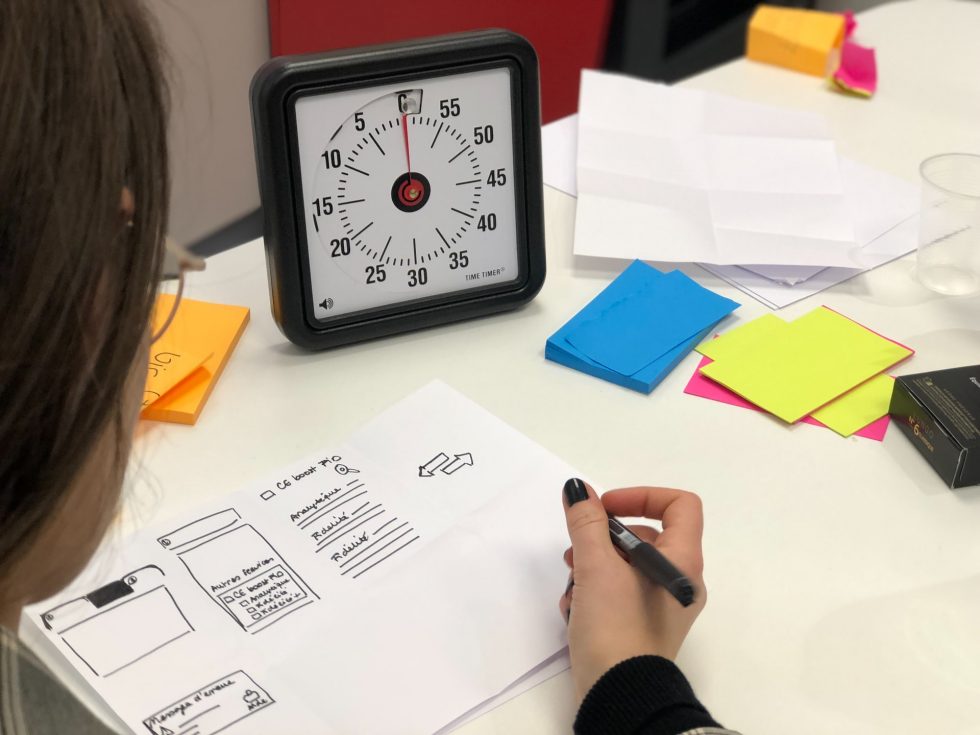
How to Outline Your New Non-Fiction Book
The easiest way to write a book is with an outline. An outline is like having a GPS unit as you work. You always know where you are and where you’re going. If you accidentally go off-course, your outline will show you where you went wrong.
But if you’re not used to producing a lot of content or if you’ve struggled with organizing your ideas, then you may wonder how to get your outline started. Here’s what to do…
Set Aside Time to Brainstorm
Before you can begin an outline, you need to have plenty of ideas to work with. This means you’ll want to plan a brainstorming session. Most writers only need an hour or two for their brainstorm.
However, it’s important that you schedule this time in your planner. That’s because you need to minimize distractions while you’re coming up with ideas. So pick a time of day or night when you’re less likely to be disturbed by outside interruptions.
You may also want to mute your phone if possible. Next, plan to close your inbox and social media networks. It’s difficult to get into a creative space if you keep stopping to check notifications or reply to text messages.
Choose Your Brainstorming Style
Some people find it’s easier to brainstorm by doing a simple mind map. If your book will be about art then you might want to write that word down on a sheet of paper and begin writing other words that come to mind when you think of art. For example, you might add words like “draw”, “paint”, or “pottery”. Or you may be looking at a specific style of art such as ‘Renaissance art’ and so you would write down words such as “characteristics”, “facts”, “examples”, “timeline”, “impact of”.
You can also take index card or sticky notes. On each note or card, write just one phrase or word. Keep in mind that these ideas don’t have to be logical. Your goal is to continue generating ideas. You can evaluate them later.
If you’d like to create a digital mind-map, you can use a service like Ayoa, Bubbl.us or Mind Mup. Both have free and premium editions you can experiment with. If you’re looking for a program that you can download to your computer, try Free Mind. It’s open-source and 100% free to use. You can download it here.
Another possibility is brainstorming with other people. Try to choose someone who understands the topic of your book and is supportive of you. When you have several people who are also generating ideas, it can inspire you in new ways.
Take a Break
When you’re done with your brainstorming, put your ideas away. Spend a few hours doing other tasks. While you’re busy, you may get more ideas bubbling up to the surface. Write these down and add them to your notes but don’t go back into brainstorming mode.
Evaluate Your Ideas
Once you’ve had some time away, come back to your brainstorming notes. You’re now ready to sift through them and create your outline. Start by organizing your thoughts. You can think of this like creating links in a chain. Which idea should come first? What should come after that? Where do you need to mention that point?
As you work on sorting ideas, you may notice holes in your outline. You can fill them in now or wait until the solutions come to you later. You don’t need a perfect outline before you can start work on your book.
Outlining your book can be a fun and exciting process. Remember that there are no rules when it comes to your outline. You can make it as detailed or as simple as you want.